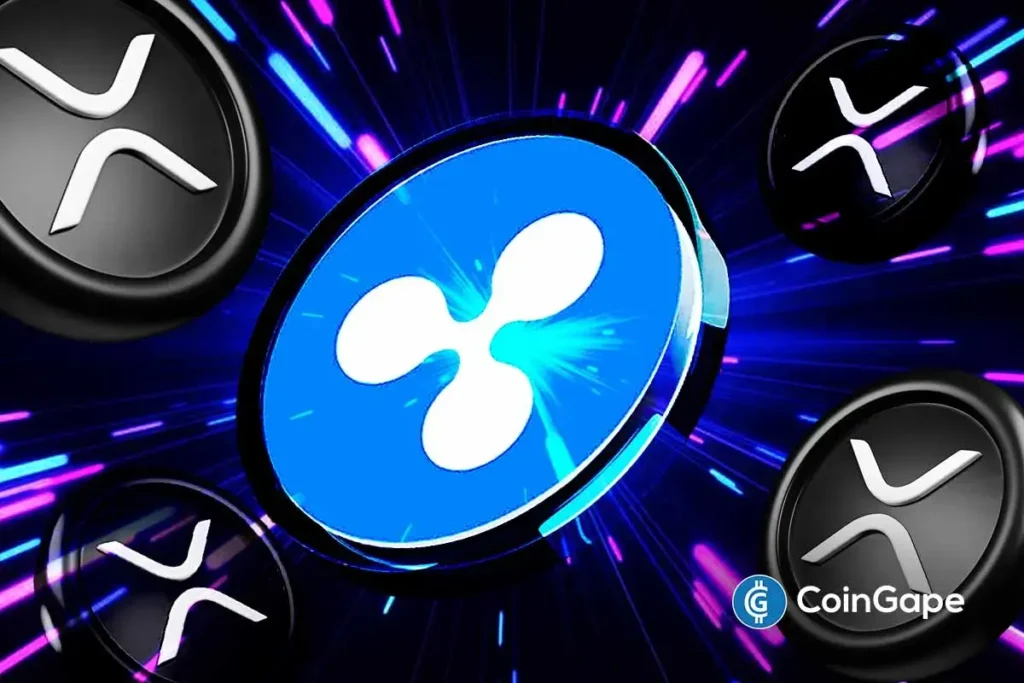The Future of XRP: Insights Amidst FUD and Stablecoin Launches
In recent months, the cryptocurrency market has been rife with speculation regarding XRP’s viability, especially following the introduction of Ripple’s RLUSD stablecoin. Critics have raised concerns that XRP could become obsolete as Ripple pivots focus onto RLUSD, leading many to declare that XRP is over or even dead. However, these claims are far from the complete story. A closer examination reveals that XRP still plays a crucial role within the Ripple ecosystem, debunking prevalent fears and misunderstandings surrounding its future.
Understanding the Concerns Around XRP
Critics often argue that the launch of the RLUSD stablecoin could diminish the necessity for XRP, positioning the new token as a substitute in cross-border payments. With its focus on maintaining a stable value, RLUSD appears to eliminate the volatility that has traditionally been associated with cryptocurrencies. Some observers have pointed to diminishing network activity and low adoption rates for XRP, fueling fears of its potential demise. This has resulted in a divided crypto community, with differing opinions about the relevance of XRP in the current landscape.
The Counterarguments to XRP’s Decline
Despite these criticisms, industry experts propose that the concerns surrounding XRP and its transition into a secondary role within Ripple’s offerings are misguided. Notably, crypto analyst Jungle Inc. emphasizes that the RLUSD is designed not as a replacement for XRP but as a complementary fiat currency bridge. This stablecoin enables financial institutions to engage with Ripple’s blockchain without the typical volatility risk, thus facilitating easier access to XRP for transactions and smart contract functionalities.
Enhanced by the launch of the XRPL EVM sidechain, XRP is poised to solidify its role in enabling more complex financial solutions, with experts arguing that it serves as ‘gas’ on the sidechain ecosystem. Leveraging XRP within this framework strengthens XRP’s position in the market rather than undermining it, suggesting that fears surrounding RLUSD may be exaggerated.
Legacy and Current Trends: A Comparison with Ethereum
Historical trends present an encouraging narrative for XRP. Experts recognize that while XRP’s transaction volume may currently be low, similar scenarios occurred with Ethereum (ETH) in its early developmental stages. During its infancy in 2016, ETH experienced a decline in usage, yet innovations in smart contracts and decentralized finance (DeFi) propelled it to new heights. With Ripple’s substantial financial backing—over $10 billion—there’s substantial potential for similar developments to elevate XRP’s standing within the cryptocurrency arena.
Moreover, XRP’s role is not solely as a transactional asset but as a cornerstone infrastructure token for banks and financial institutions. This comprehensive utility aligns XRP more closely with Ethereum’s value proposition, as both assets offer substantial long-term potential.
Ripple’s Centralization vs. Strategic Deployment
An additional criticism leveled against Ripple’s ecosystem pertains to the centralization risks posed by its substantial token reserves. While these reserves could be viewed as a liability, experts argue they are being strategically utilized to foster ongoing development and growth. With ongoing litigation, these funds are crucial for facilitating advancements like RLUSD integration and the EVM sidechain that promises to enhance XRP’s utility.
This approach is seen as a deliberate effort to create a more robust market presence rather than a threat to decentralization. As Ripple continues to onboard global partners and ensure liquidity through careful deployment of its reserves, XRP has the potential to reclaim its relevance, securing a vital place in the evolving landscape.
XRP’s Place in the Current Market
With current market performance data indicating that XRP holds a market capitalization of $132 billion and a trading volume of around $2 billion, the asset remains fundamentally strong. Experts assert that unless there’s a marked decline in the adoption and utility of XRP within the Ripple network, claims of its decline are premature. Ripple’s strategic positioning of XRP, along with the complementary role of RLUSD, paints a picture of collaboration rather than competition.
As the cryptocurrency ecosystem continues to evolve, investors and users should remain grounded in the understanding of XRP’s potential. With both XRP and RLUSD coexisting, the possibilities for their functionalities open new avenues for capitalizing on the opportunities within the blockchain network.
Conclusion: The Optimistic Outlook for XRP
In summary, while criticisms surrounding XRP have gained significant traction, an analysis of Ripple’s ecosystem reveals that these claims often overlook the token’s unique utility and role. XRP is not only surviving; it is adapting and evolving alongside stablecoins like RLUSD. Given the current market dynamics and ongoing developments, XRP appears to be far from obsolete. Instead, it could emerge more robust than ever, not just as a bridge currency but as a pivotal technology in the financial infrastructure powered by blockchain.
By viewing the dynamics of XRP through this lens, it becomes clear that speculation around its decline may be a symptom of broader fears in the crypto market rather than an accurate reflection of its future. As the landscape changes, XRP’s place and purpose within it remain indispensable.


